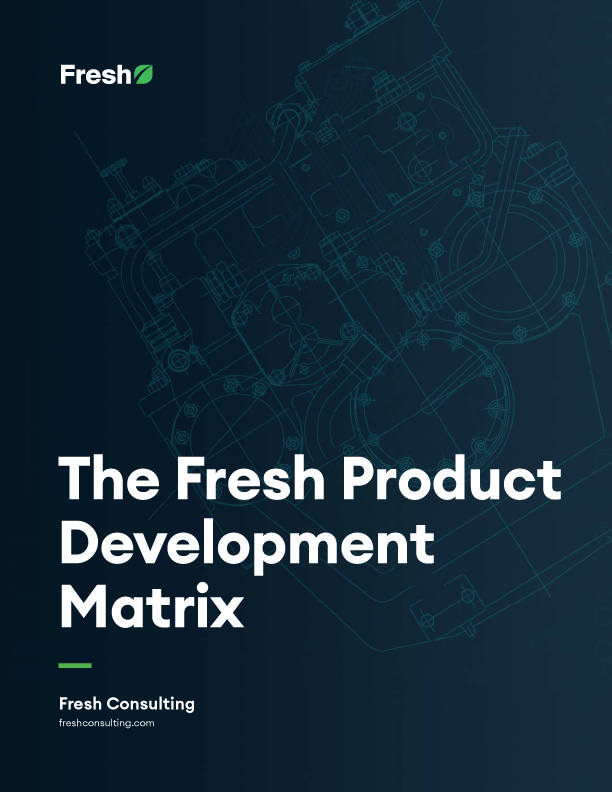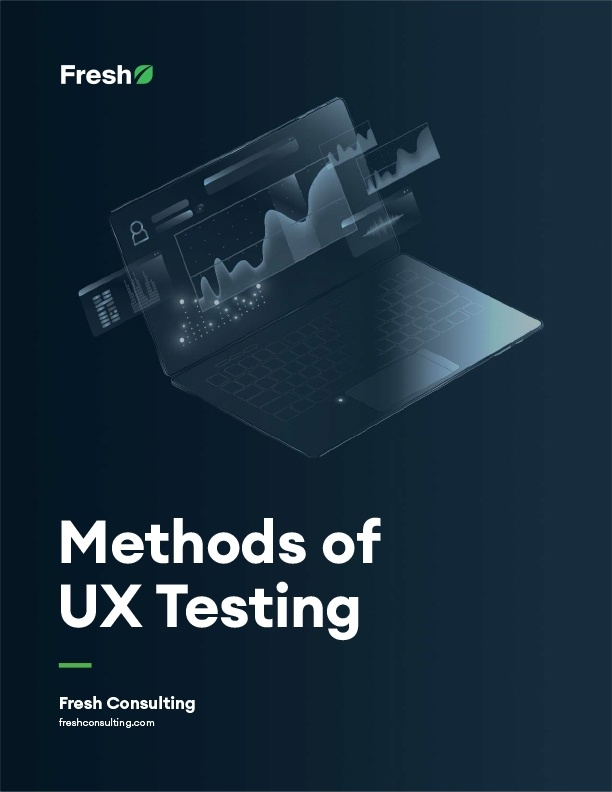Article
Applying the 5 Key Personality Tests in the Workplace

While every personality test has its merits, five stand out to Fresh: The Myers-Briggs Index, StrengthsFinder, The Big Five, the DISC Behavior Inventory, and the Predictive Index.
Despite being different, these five tests overlap in interesting ways. Taking all of the tests and comparing the results can unveil additional insights, as triangulation allows you to identify recurring traits and potential blind spots in your self-awareness. The MBTI and Big Five tests, for example, are both focused on an individual’s personality more than anything else. They also have overlapping personality traits; extroversion appears on both tests, and the conscientiousness trait of Big Five bears a strong similarity to the judging trait of MBTI.
By looking at the intersections between tests, you can develop a custom, composite profile.
Comparing Personality Traits Across Tests
Each test breaks down an individual’s personality into different categories, types, and strengths. These different categories are what are known as traits. No two tests identify exactly the same traits.
Despite differences in how similar traits are labeled or evaluated, there is a lot to gain from looking at how test results overlap. When you see correlations in traits across multiple tests, it’s a good sign that results are accurate. It’s also possible to draw valuable conclusions about how traits relate to or enhance each other by looking at results across multiple tests.
How Traits Relate to Behaviors
Most personality tests focus on an individual’s personality traits – the characteristics that make up who they are, their preferences, and their tendencies. Other personality tests, like the StrengthsFinder test, focus purely on behavior. Behavior describes what a person is likely to do or feel in different situations and their strengths and weaknesses.
While traits and behaviors are distinct from one another, there is a tightly knit relationship between the two. Traits influence a person’s behavior. For example, if someone is strong at empathy (a behavior), this can be traced back to their “feeling,” and “agreeableness,” traits. Similarly, someone who “ideates,” might do so because they tend towards “thinking,” and “openness.” Someone who “commands” may also have “extroversion,” “judging,” and “dominance” in their other test results.
Understanding Personality Archetypes
Some personality tests, like the MBTI and Predictive Index, use personality archetypes. Personality archetypes are a snapshot of behaviors that a person might exhibit because of their personality traits. You can think of a personality archetype as an imaginary person who shares characteristics with you and others, making it easier to understand what your test results mean.
While personality archetypes are a helpful way to visualize your test results, they rely heavily on extrapolation (“This person is introverted, so they prefer to stay home, read books, and only have a few close friends”). This makes it easy to understand what introverted means, but since the archetype relies on extrapolation, there’s a good chance it’s fallible. Some introverted people might relate closely to that statement, while others might have nothing in common.
Rethinking Workplace Scenarios
Now that you understand your personality, strengths, weaknesses, and preferences better, you can start applying this to different situations you find yourself in throughout your life. For example, say you are assigned to a team at work and tasked to create a presentation. If you know that you have an extroverted personality type, consider taking the lead on delivering the presentation. However, if you’re more of an introvert, you might take the lead on putting the presentation together and deciding which information it’s going to cover.
In a slightly more complex example, let’s say you’ve been considering starting a new career or switching to a different role in your company but aren’t sure which direction you should take. You can use the results from each test; for example, your strengths from the StrengthsFinder test, tendencies from the MBTI, and preferences from the DISC test. Triangulating can help you make a more informed decision about where you want to take your career.
Team Building
If you’re in a managerial position, you can use these tests to understand your employees better and place them into more effective teams. You may realize that you’ve been assigning your subordinates roles that go completely against their preferences! Fortunately, understanding how your employees think, work, and communicate will help you bring out the best in each of them.
One of the best ways to do this is by understanding personality archetypes. Archetypes provide you with a quick and easy to understand snapshot of an individual and how they might act in certain situations. It’s essentially an imaginary person who represents what someone with specific personality traits might look like. The MBTI and Predictive Index tests, in particular, make strong use of archetypes.
Reading Recommendations For Personality Metrics
We’ve compiled a list of some of the best books on personality types, self-improvement, and understanding of the relationship between the two. These books explore the place of personality metrics in culture, practical application, and society at large.
Here are a few:
- Quiet, by Susan Cain. In Quiet, Cain explains how Western culture, a culture she perceives as being geared towards extroverts, tends to overlook and undervalue introverts, leaving a significant portion of the population behind. The book explains each personality type’s strengths and weaknesses to illustrate that one isn’t “right” or the other “wrong.”
- How To Win Friends and Influence People, by Dale Carnegie. How To Win Friends and Influence People is one of the best selling books of all time. It’s based on a course that Carnegie taught during the early 1900s and covers a broad range of personal improvement topics.
- Please Understand Me I & II, by Davie Keirsey and Marilyn Bates. Please Understand Me is one of the books that propelled the MBTI test into the mainstream. The book contains a questionnaire that readers can use to typify themselves, descriptions of each trait, and the different categories each personality trait fits into.









